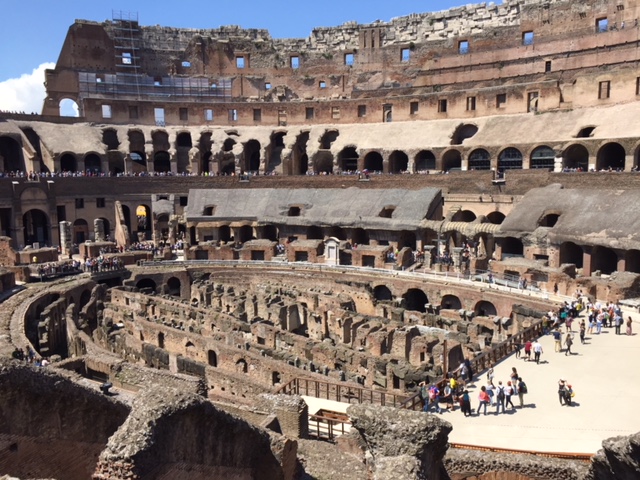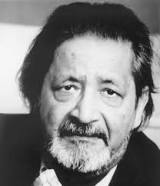
How do you tell your story? It’s such a fundamental question, but it’s not always easy to answer.
A big part of succeeding in telling your story lies in knowing how to tell a story. What is a story exactly? According to Jon Franklin’s book, Writing for Story, a “story consists in a sequence of actions that occur when a sympathetic character encounters a complicating situation that he confronts and solves.” Franklin’s definition is a great place to start, part of the reason I use it in my summer Seattle writing class.
Stories consist of a “series of actions,” not description, analysis or editorializing, but taut, discreet, dramatic actions. Most stories begin with a “complicating situation,” something that threatens the main character or throws him or her off balance, requiring the character to act so as survive the threat. Great and sympathetic characters struggle to overcome the threat, battling along the way, and so creating the drama of the story. By the end of the tale, the character needs to overcome the complicating situation to end the story with the proper resolution.
Having just returned from Italy, I have a number of fascinating stories to relate. As I sit down at the computer, the experiences are fluid and fresh: memories of touring the Roman Colosseum, seeing the famous frescoes of the life of St. Benedict at Monte Olivetta Maggiore, and hiking the spectacular Path of the Gods along the Amalfi coast. Early on, the memories have little structure to bind them together. As I write them down, I ponder Franklin’s definition and try to apply it to them. As I do this, I write an outline of the story in advance, which allows me to organize the story. This is one of the principal assignments in my summer Seattle writing class, Writing for Story, one of the keys to learning how to tell your story. Let me know if you’d like to sign up!
 The Writer's Workshop
The Writer's Workshop 











